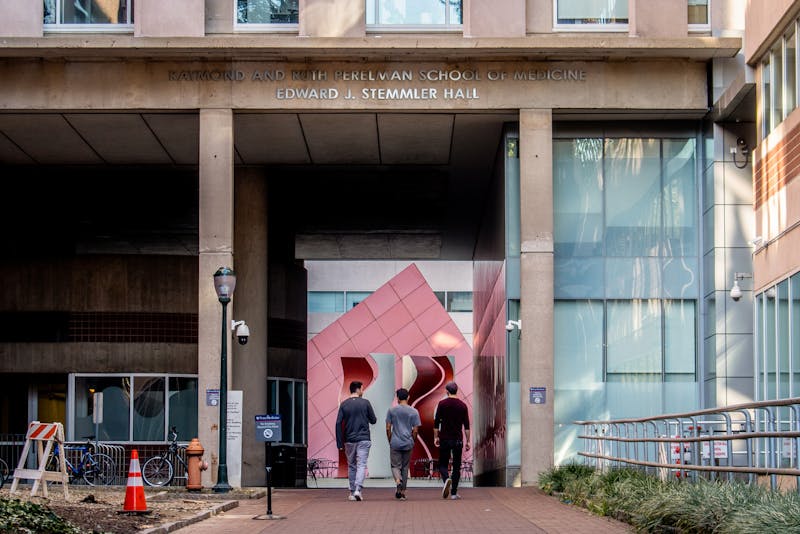A panel of architects and city planners gathered to discuss ways to improve Philadelphia's appearance. Fulfilling one of University President Judith Rodin's priorities on her Agenda for Excellence, the Graduate School of Fine Arts worked last week to address urban development in an academic environment. Several hundred architects, students, faculty and Philadelphia residents gathered in Meyerson B-1 Thursday night to address the future improvement of their current home -- the city of Philadelphia. Kling Lindquist, a Philadelphia-based architectural firm, funded the symposium, entitled "Philadelphia Urbanism: Learning from Barcelona." Barcelona architect and urban planner David Mackay gave the keynote speech for the event, tracking many of Barcelona's city planning developments before and after the 1992 Olympics. After an introduction detailing Barcelona's decline and need for development, Mackay focused on the more theoretical aspects of such planning. Mackay, a partner in Barcelona's Martorell, Bohigas, Mackay Arquitectes, noted that a city is defined by its public space. He added that streets are often this space's most important aspect. "The importance of public space is [that it is a] regenerator of city life," Mackay said. He added that streets are especially important in a democratic society because they provide the "freedom to associate with others and enjoy the surprise social encounter." "The prime function of the street is to connect and link," he added. Mackay presented several side-by-side slides, describing specific problems and areas upon which the city of Barcelona improved. He explained that although the need for development had been felt by many, the 1992 Olympics provided the impetus for the renewal efforts. The Olympic events took place in four separate areas, so the changes affected the entire city, Mackay said. After Mackay's presentation, each of the members of a five-person panel presented what he or she thought Philadelphia could learn from Barcelona's example. Graduate School of Fine Arts Dean Gary Hack moderated the event. He said the panel attempted to include "a variety of people in positions that make a difference in the city." Several panel members focused on the need to work on the city's "connective tissue" --Ethe areas around and between Philadelphia's main attractions. They said visitors to the city should be able to walk safely from one site to another through attractive, well-kept areas. Some also stressed the advantages of a goal year, similar to 1992 for Barcelona. Anne d'Harnoncourt, a director of the Philadelphia Museum of Art, further noted the importance of working for and with the people of Philadelphia. "We need to be sure all the users of these places can get to them, use them and think of them as theirs," d'Harnoncourt said. Hack said he thought it was particularly important to hold the event at the University. "We, as a school, are determined to make a difference in the ideas in the city efforts to improve Philadelphia," Hack added. After the event, 1995 GSFA graduate and Philadelphia architect David Anderson said he was pleased that Philadelphia practitioners came to speak at the University. "Part of going to school in a big urban [area] is understanding where you live," Anderson said.
The Daily Pennsylvanian is an independent, student-run newspaper. Please consider making a donation to support the coverage that shapes the University. Your generosity ensures a future of strong journalism at Penn.
DonatePlease note All comments are eligible for publication in The Daily Pennsylvanian.








